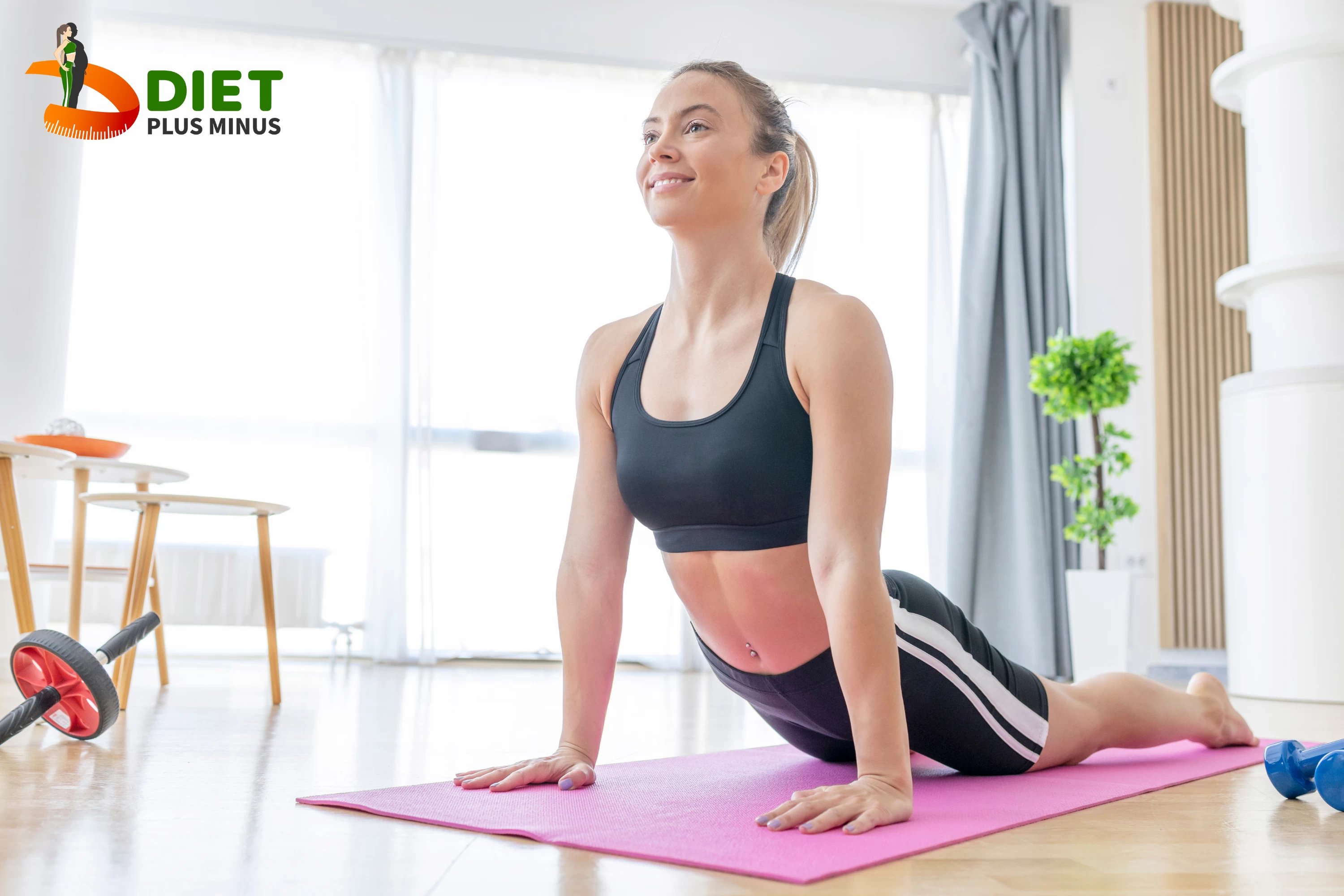Lower Back: A. 450 Back Extension

Lower Back Extension
Lower back extensions strengthen lower back muscles. Lying on your stomach with your hands clasped behind your head, lift your chest off the ground. This exercise requires tight abs to stabilise the body. Slow and controlled movement is more important than chest height. Engage those lower back muscles. Keep your lower back arched when extended. Doing so will prevent problems from overstretching or stressing the spine and surrounding areas. This exercise strengthens core and lower back muscles, improving posture and reducing pain.
45° Back Extension Benefits
1. The 45-degree back extension strengthens the erector spinae and gluteus maximus to improve posture and reduce back pain. These machine- or bodyweight-only exercises can be done standing or sitting. Regularly doing this exercise reduces lower back injury risk and strengthens the area.
2. 45-degree back extensions improve spine flexibility and hip mobility while strengthening the lower back. This helps jumpers and sprinters increase their range of motion. This exercise boosts power and performance on the field or court.
3. Finally, 45-degree back extensions are great for stretching tight muscles that may be causing chronic lower back pain due to poor posture or lifting technique. This exercise stretches tight muscles that have been pulling the spine out of alignment, which relieves pressure on sensitive areas like discs between vertebrae and nerves running through them, reducing pain over time.
45° Back Extension Exercises
45-degree back extensions strengthen and stretch lower back muscles. Your body weight can target all the major lower back muscles and improve flexibility. Common exercises for this position include:
Hip extensions: One of the easiest 45-degree back extension exercises. Start by lying facedown on a 45-degree bench or incline board. To stabilise yourself, place your hands behind your head and raise your hips to the ceiling until they are in line with your torso. Repeat 8-10 times.
Lateral Flexion: Lie on an inclined surface with your feet flat and arms at your sides. From here, slowly bend from side to side without moving the spine or hip or shoulder joints (elbows should stay tucked in close to the body). Best results with 10-15 repetitions per side.
Back Extension Holds: Start in same position as other exercises, but instead of reps, hold peak contracted position for 15-30 seconds before slowly releasing into starting point. Keep core engaged and breathe deeply throughout set to improve static hold stability!
45° Back Extension Variations
Single-Leg 45 Degree Back Extension: In this variation, you extend your right leg in front of you. Your core and lower back must now support both you and your extended leg. For maximum benefit, perform this move with the extended leg straight and locked into position.
Swiss Ball 45 Degree Back Extension: This exercise can be made harder by adding a Swiss ball. Place a Swiss ball between your chest and thighs as you would for a regular back extension, then follow the same steps as above. The ball's instability engages more muscles for better results.
Weighted 45-Degree Back Extension: If you want a bigger challenge than bodyweight or Swiss ball variations, add weights. Start each rep by holding a weight plate or dumbbell close to your chest. Always maintain good form throughout each rep to avoid injuries from improper movement patterns caused by excessive weight usage.
Avoid Common Mistakes
This exercise's most common mistake is rushing. Using momentum and swinging your body to lift weights instead of your core muscles can injure you and limit workout results. Instead, slow down and focus on controlled movements.
Avoid excessive lower back arching. Overextending can strain your spine and cause injury. Keep your lower back neutral during the exercise so your abdominal muscles can support it.
Finally, don't stretch too low. For safety, only go beyond 45 degrees with each rep if instructed by a trainer or doctor. To avoid spinal strain, pay attention to form during each set.
Workout Safety Tips
Begin facedown on the floor. Bend your elbows and put your hands on the ground behind you like a push-up. Keep your back straight and heels on the floor. Looking down aligns your neck and spine. Lift your upper torso to a 45-degree angle using only your lower back muscles. Hold for 2-3 seconds and slowly lower yourself to the starting position with control. Repeat 10–15 times depending on fitness level.
Exhale when lifting and inhale when returning to starting position during this exercise. Keep chin tucked in, chest lifted but not too high, stomach muscles engaged, and tailbone neutral throughout exercise (not tucked under or arched). Engage core muscles and keep a neutral spine to avoid injury. If you're uncomfortable, stop exercising.
Conclusion
45-degree back extensions strengthen lower back core muscles. This reduces pain and increases flexibility and range of motion. 45-degree back extensions improve balance and stability. This can help athletes and others improve their movement.
45-degree back extensions strengthen surrounding muscles and support the lower back during daily activities, reducing spine stress. These exercises work both upper and lower body muscles, making them a great full-body workout. 45-degree back extensions improve posterior chain strength and flexibility without straining other body parts like squats or deadlifts, helping people maintain good posture.
In Short:
Step involved:
-
Position your thighs on padding and fix your feet on platform support.
-
Keeping your back straight, slowly bend at your waist until your legs and back are at 45o.
-
Slowly raise your body back to starting position. Repeat.
Do’s:
-
Bend your waist in a controlled manner.
-
Focus more on your lower back for the movement.
Don’ts:
-
Don’t perform the reps at a high pace.
-
Don’t round the back while performing this exercise.
-
Don’t swing your torso at any point of time.
